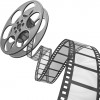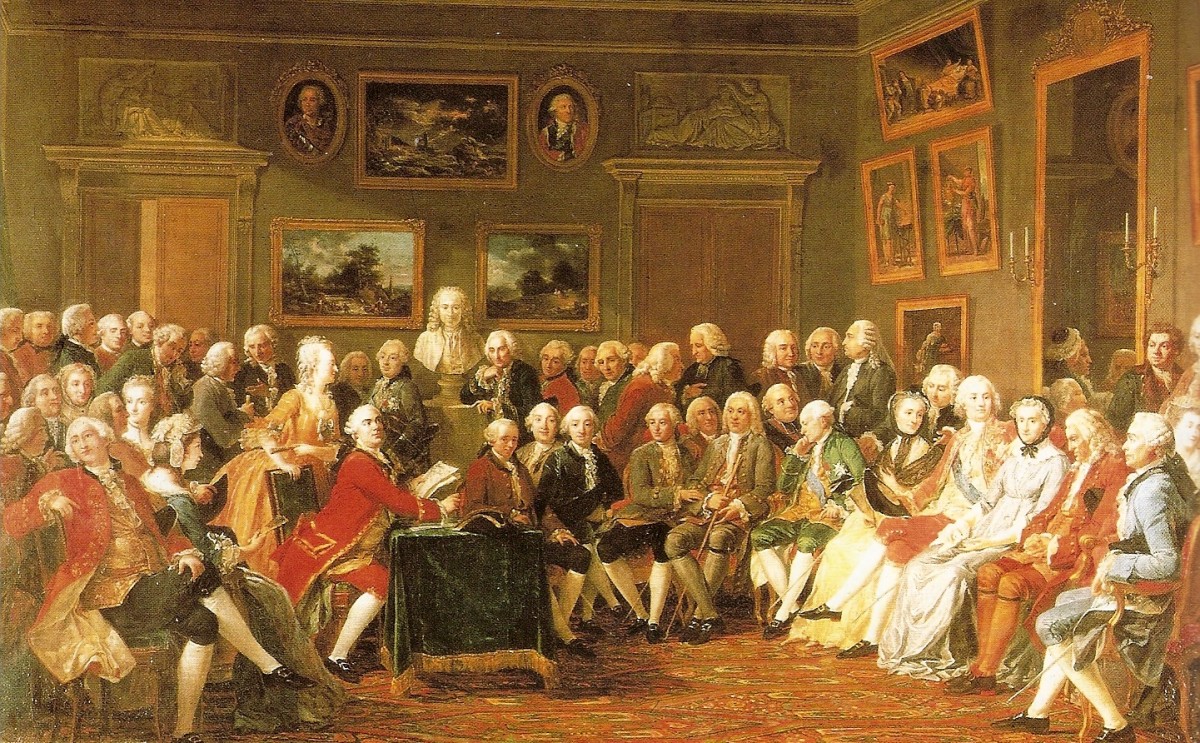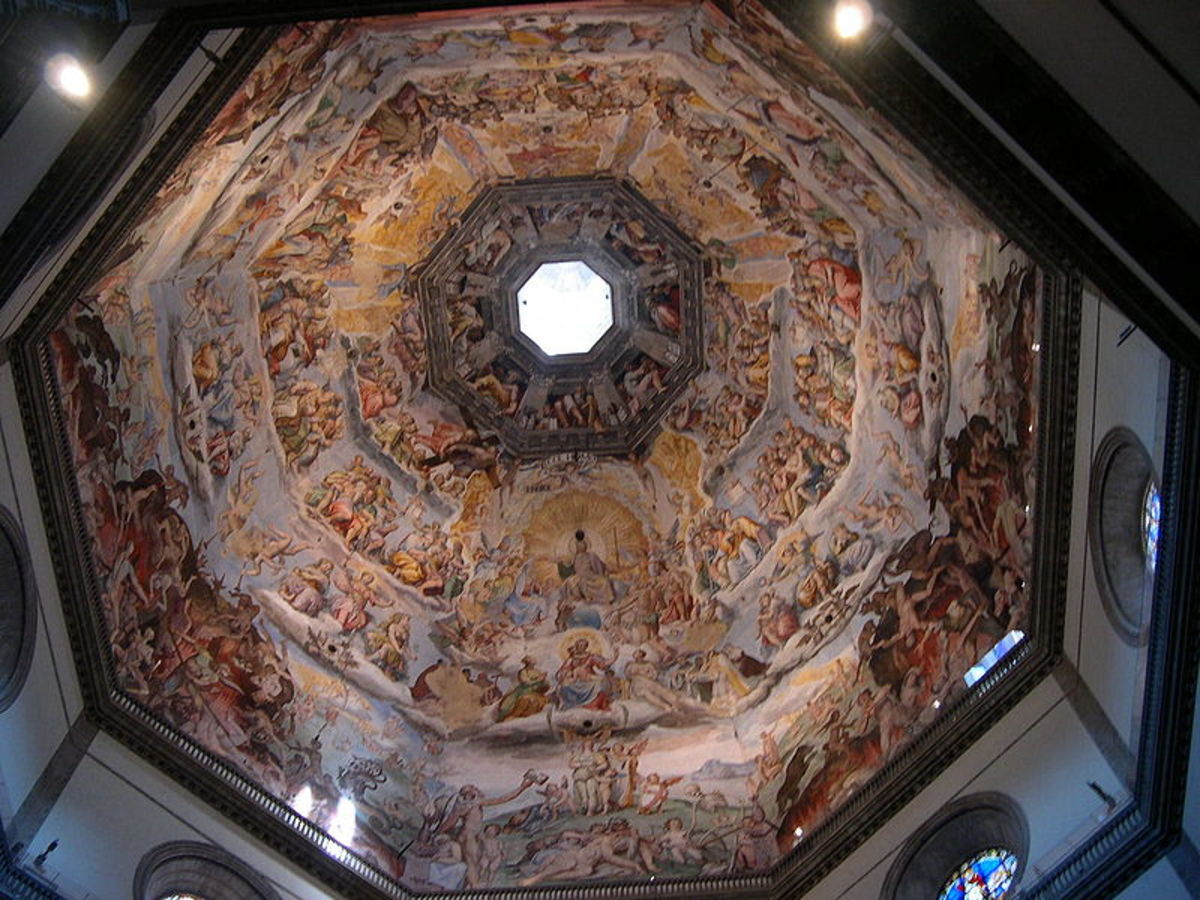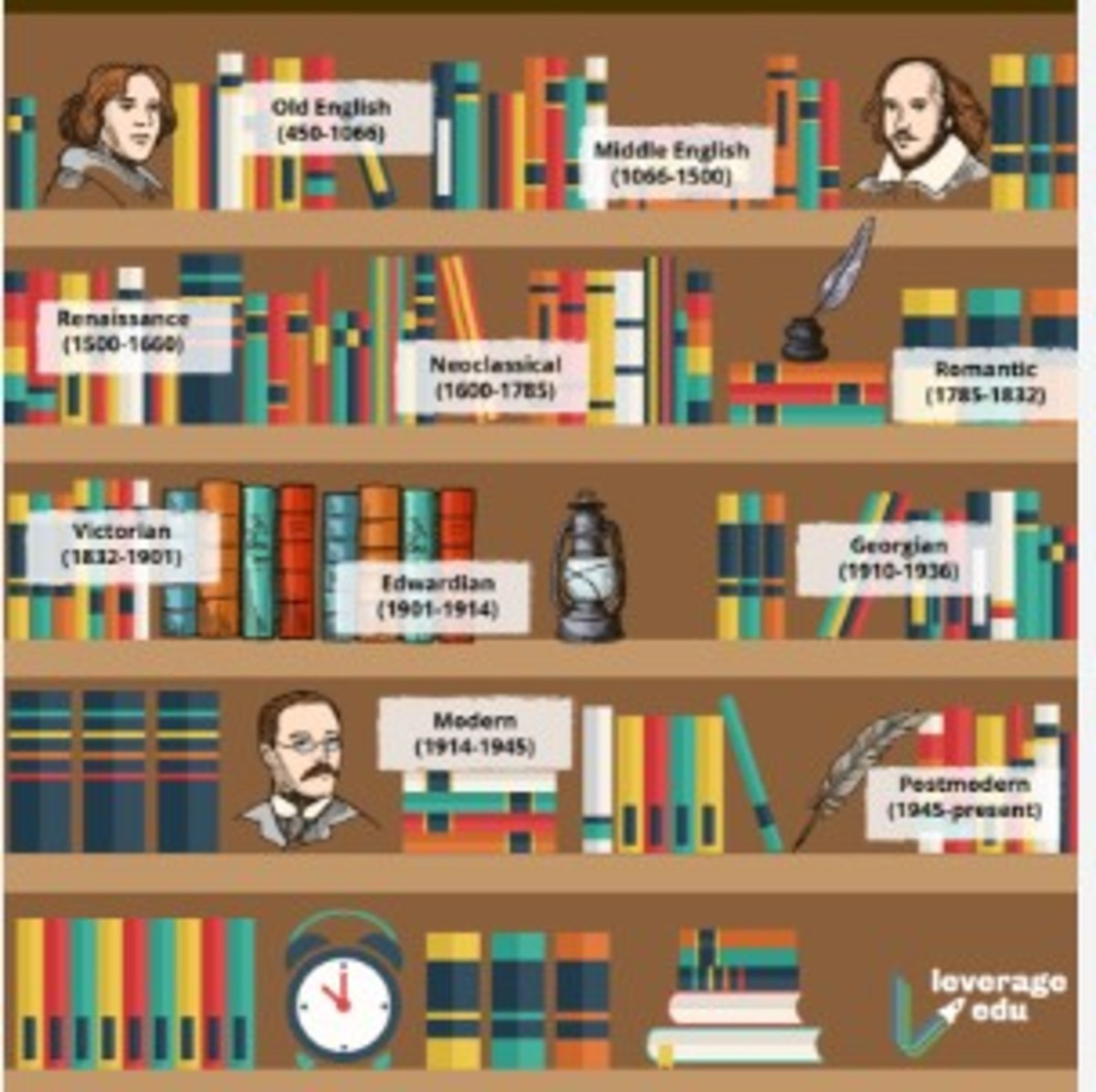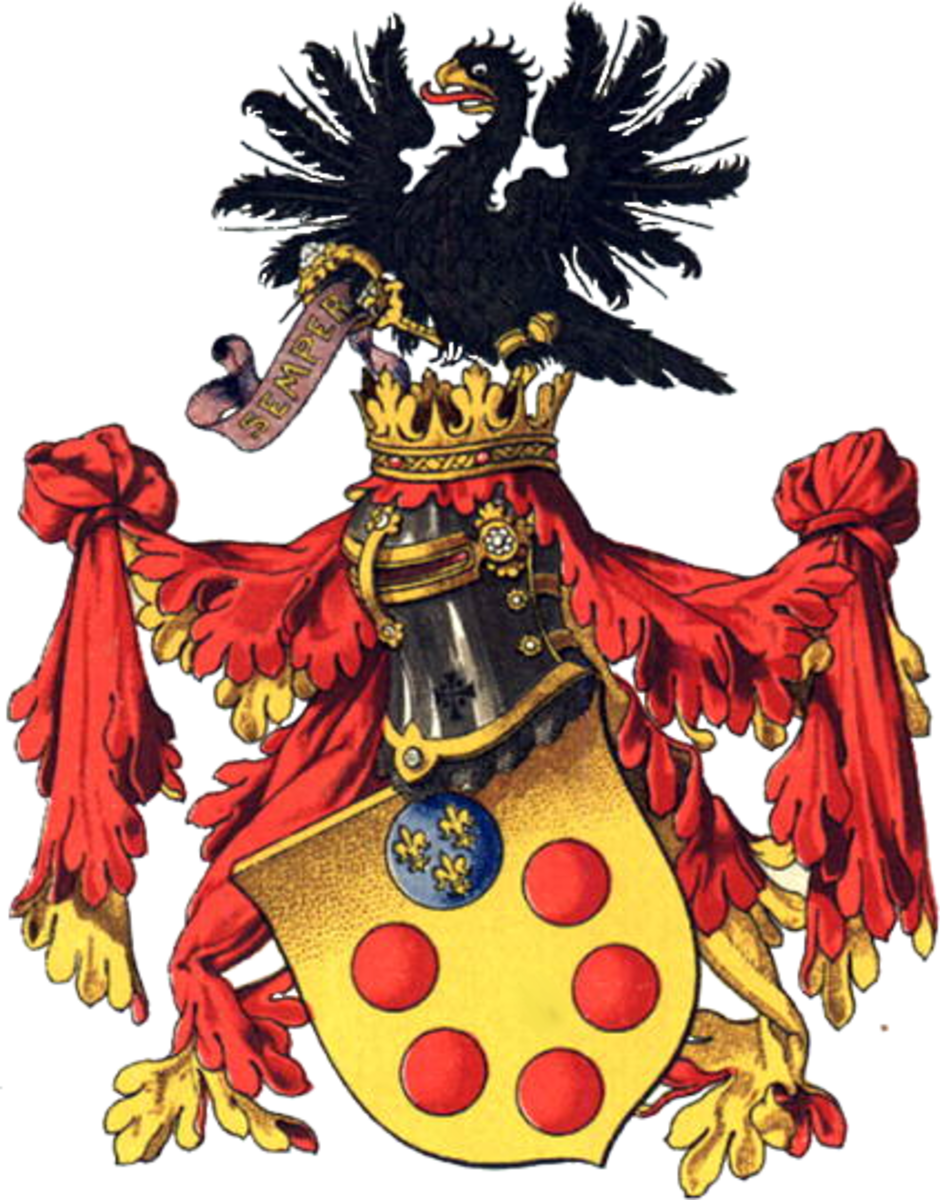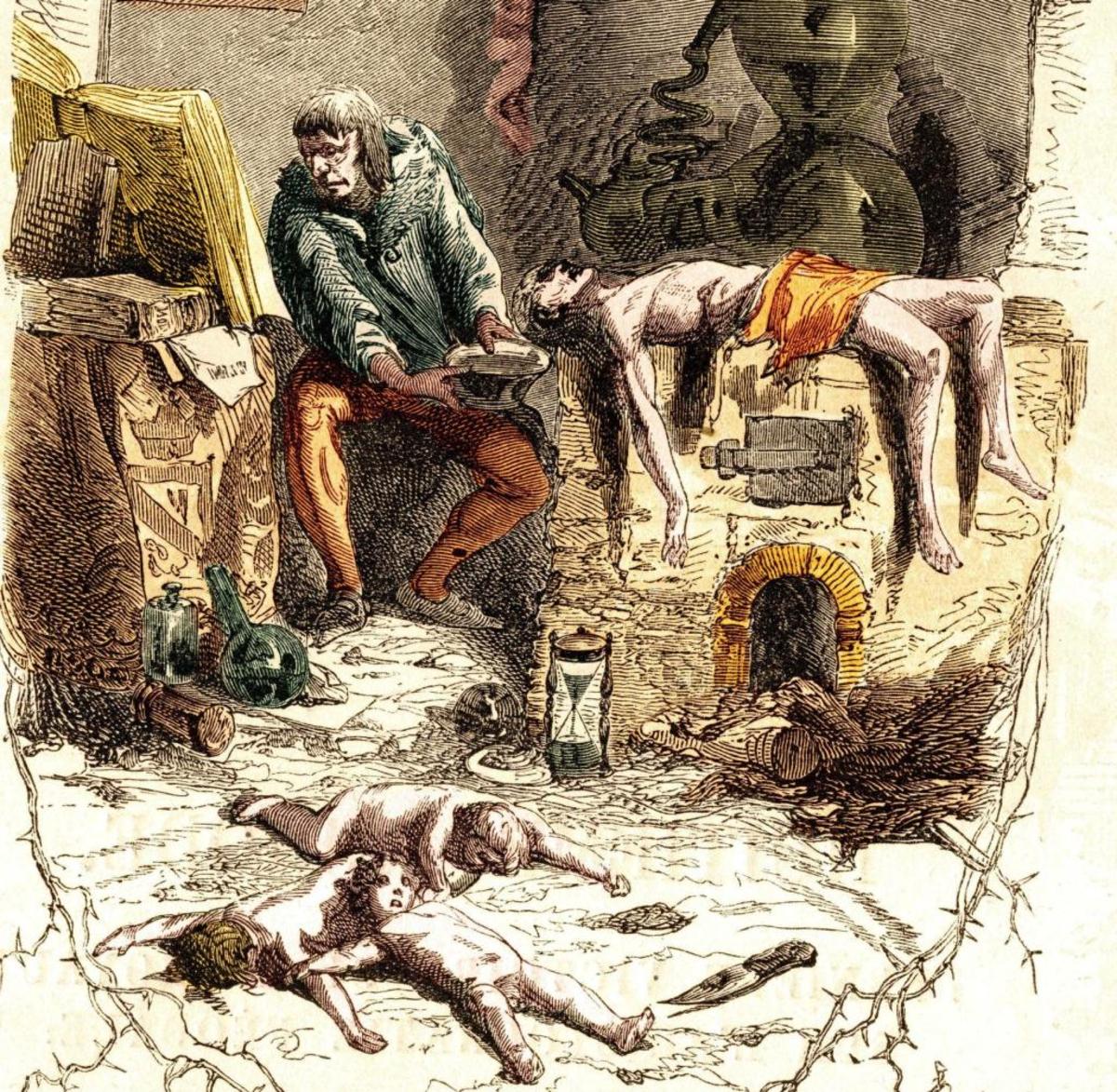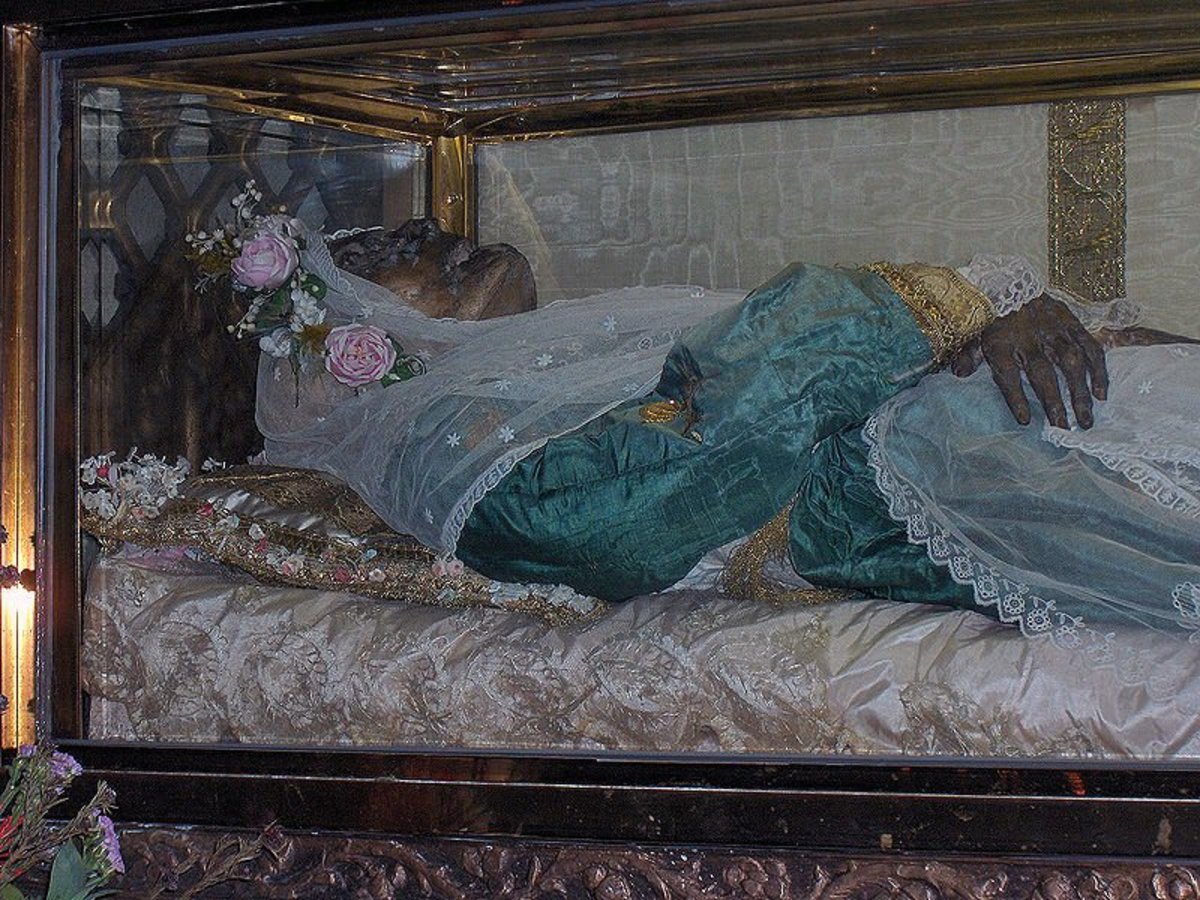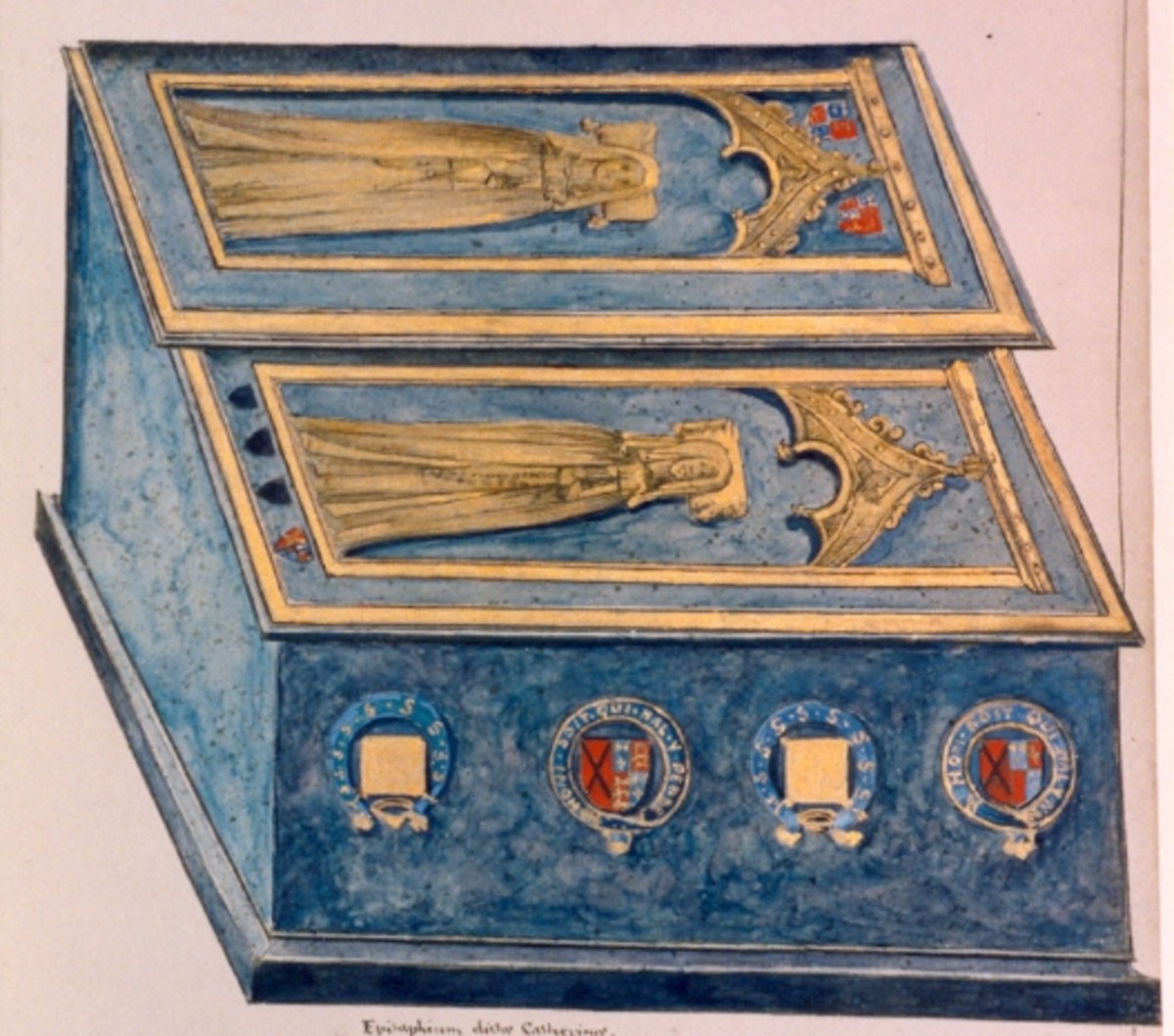Historical Period: The Renaissance
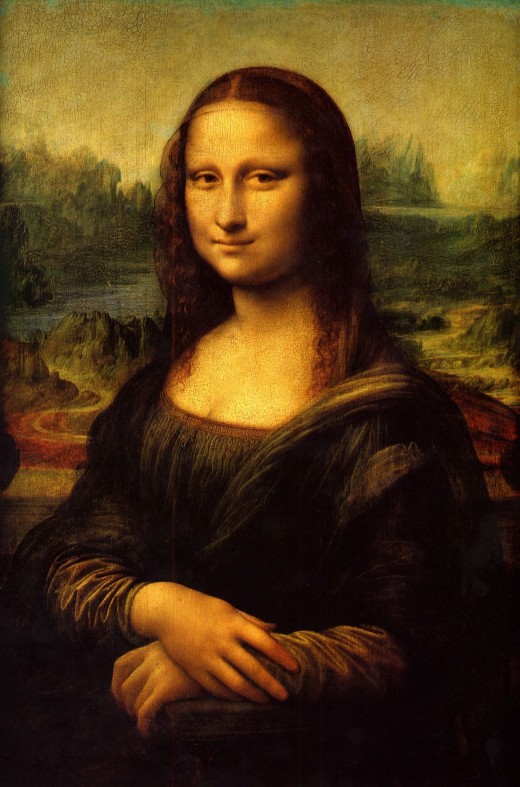
Overview
Regarded by historians as the era transitioning the Middle Ages to the Modern Era in Europe, the Renaissance is considered to have begun in 14th century Florence. It had spread to the rest of Europe by the 16th century influencing literature, art, philosophy, music, politics, science, religion and other aspects of intellectualism. Literally meaning “rebirth” in French, a number of factors caused the Renaissance’s rise.
For one, scholars moved from an interest in Greek and Arabic works of natural science, philosophy and mathematics to recovering and studying Latin and Greek literary, historical and oratorical texts. Bringing the entirety of Greek cultural works back into Western Europe for the first time since the late stages of the ancient world was one of the greatest achievements made by Renaissance scholars.
Further, the social climate in Italy and its city-states and territories and their location amid the ruins of Ancient Rome allowed for this cultural period to emerge. With no overarching political entity, a sort of political freedom existed in Italy granting academic and artistic advancement. Their position was important too with cities such as Venice, Europe’s gateway to trading with Asia, and Florence, a capital of textiles, in prime locations for culture to flourish.
Additionally, Italy was greatly affected by the Black Death, which had hit Europe between 1348-1350. As such, there was a shift in worldviews causing scholars to focus more on their lives on Earth instead of spirituality and the afterlife.
The middle of the Renaissance saw the beginning of the Age of Discovery, a time lasting until the end of the 18th century, where overseas exploration emerged as the beginning of globalization. Colonies began in what is now the United States, Canada, and Mexico.
Elsewhere in the world, the Ming and Qing Dynasties ruled China, India experienced the rise of the Mughal Empire, the Joseon Dynasty prospered in Korea, the Sengoku Period began in Japan, and the Ottoman, Songhai and Savafid Empires grew throughout Africa.
Culture
A major aspect of art in the Renaissance was a realistic linear perspective as part of a trend towards realism. Moreover, painters studied light, shadow and human anatomy in a desire to depict and appreciate the beauty of nature. Sandro Botticelli, Michelangelo, Leonardo da Vinci, Raphael, Donatello, and Titian were among the Renaissance’s notable artists.
As for music, the development of printing permitted for wide-scale distribution and produced a larger demand for music as entertainment and an activity for educated amateurs. In the Renaissance, music became a vehicle for personal expression and musicians were able to have more variety in their range, rhythm, harmony, form and notation. Precursors to modern violins, guitars, lutes, keyboard instruments, bassoons and trombones appeared as well. Renaissance composers include Oswald von Wolkerstein, William Byrd, John Cooper, Josquin des Prez, Adrian Willaert, and Christopher Tye.
The spread of literature was also aided by the printing press. Authors were encouraged to write in their own language rather than Greek or Latin. Doing so gave them a wider audience to whom they could spread their ideas and the essay arose as a genre. Inspired by Greece and Rome, these authors employed an anthropocentric perspective, seeing humanity as the most important element in existence. They searched to please their senses and looked at the world critically and rationally. Petrarch, Machiavelli, Erasmus, Edmund Spenser and William Shakespeare are some prominent Renaissance writers.

Science & Technolgoy
Profound technological advancements occurred during the Renaissance, spawning a scientific revolution, generating mutual progress between science and technology. Renaissance innovators introduced cranked reels, braces, floating docks, lifting towers, primitive parachutes and newspapers.
Sociological Timeline
- 1320s - Renaissance begins in Italy
- 1347-1351 - Black Death kills a third of Europe’s population
- Jan. 23, 1368 - Ming Dynasty begins in China
- 1415 - Portuguese Empire begins
- 1420 - Construction of Forbidden City in China completed
- 1439 - Johannes Gutenberg invents printing press
- 1441 - Eton College founded
- 1450s - Machu Picchu constructed
- April 15, 1452 - Birth of Leonardo da Vinci
- April 6-May 29, 1453 - Fall of Constantinople to the Ottoman Empire
- May 22, 1455 - War of the Roses begins
- 1456 - Joan of Arc posthumously acquitted of heresy
- 1467 - Sengoku Period begins in Japan
- Nov. 1, 1478 - Spanish Inquisition established
- June 16 1485 - War of the Roses ends
- 1492 - Jewish people expelled from Spain, Christopher Columbus lands in the Americas
- 1494-1559 - Italian Wars lead to downfall of city-states in Italy
- 1497-1499 - Vasco de Gama’s first voyage from Europe to India and back
- 1502 - Earliest evidence of African slaves in the New World
- Dec 14-21, 1503 - Birth of Nostradamus
- May 20, 1506 - Leonardo da Vinci completes Mona Lisa; Death of Christopher Columbus
- 1507 - Earliest evidence of smallpox in the New World
- 1512 - Michelangelo completes Sistine Chapel ceiling
- 1512 - Copernicus proclaims the Sun as the center of the solar system
- 1513 - Machiavelli writes The Prince
- 1517 - Protestant Reformation begins
- 1518 - Dancing Plague of 1518
- May 2, 1519 - Death of Leonardo da Vinci
- 1519-1521 - Spanish conquest of Mexico
- 1526 - Mughal Empire founded in India
- May 6, 1527 - Rome sacked by Holy Roman Empire, Italian Renaissance ends
- 1531-1532 - Church of England splits from Roman Catholic Church
- 1532 - Francisco Pizarro leads conquest of Incan Empire
- Sept. 7, 1533 - Birth of Elizabeth I
- 1537 - William Tyndale’s partial translation of the Bible in English published
- Dec. 8, 1542 - Birth of Mary Stuart
- Dec. 14, 1542 - Mary Stuart becomes Queen of Scotland
- 1543 - Copernicus theorizes planets revolve around the Sun
- 1545 - Council of Trent
- Jan. 16, 1547 - Ivan the Terrible crowned first Russian tsar
- July 1553 - Mary I becomes Queen of England
- Nov. 17, 1558 - Elizabeth I becomes Queen of England, Elizabethan era begins
- Feb 15, 1564 - Birth of Galileo Galilei
- 1568-1600 - Azuchi-Momoyama Period begins in Japan
- Feb. 8, 1587, Mary, Queen of Scots executed
- 1588 - England repulses Spanish Armada
- 1589 - Spanish repulses English Armada
- March 31, 1596 - Birth of René Descartes
- 1600 - Edo Period begins in Japan; Renaissance ends
